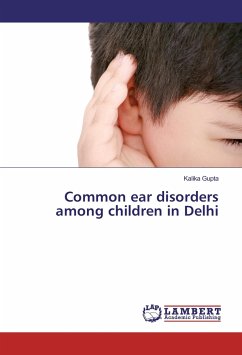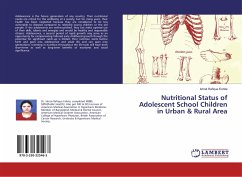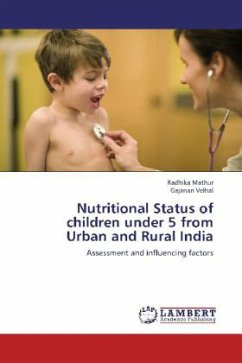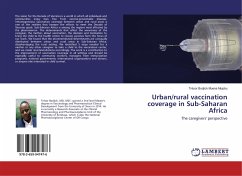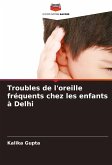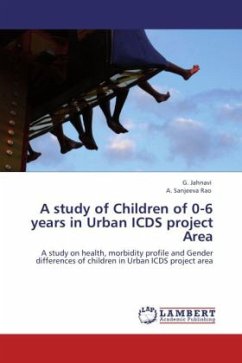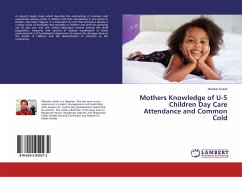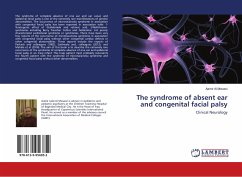Globally, 5% of population have disabling hearing loss and 32 million of them are children. Approximately 0.5-5 of every 1000 infants is born with or develops in early childhood disabling hearing loss. It is estimated that over 60% of the otological (ear) morbidities could be avoided through preventive measures, as stated by World Health Organization (2015). School age is one of the most appropriate time for screening various morbidities in children since the majority of children gather in academic centers and they all can be examined. Communication development and behavioral skills are influenced by a child's ability to hear. Hearing loss can also affect a child's social interactions, emotional development, and academic performance. The present study attempted to find out the prevalence of common otological morbidities in school children and compare the frequencies of these diseases in rural and urban school children. The study also aimed to find out the various risk factors forotological morbidities and the health care seeking behavior of caregivers of the school children with respect to ear morbidities.
Bitte wählen Sie Ihr Anliegen aus.
Rechnungen
Retourenschein anfordern
Bestellstatus
Storno

